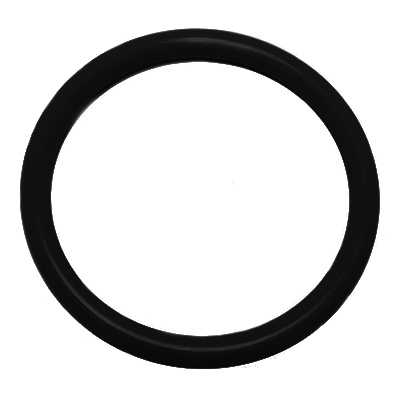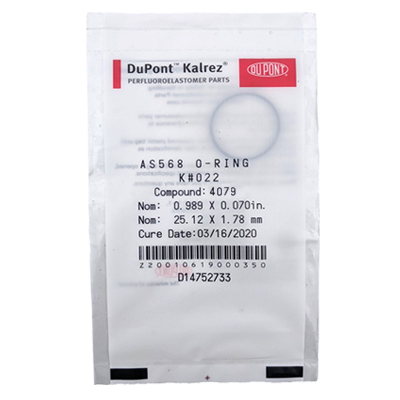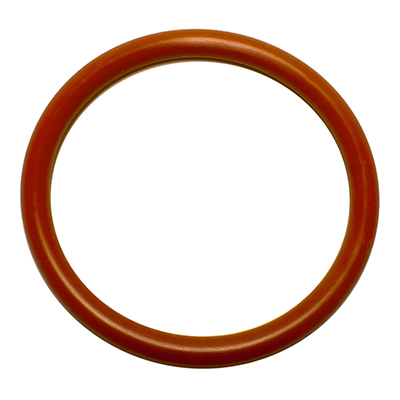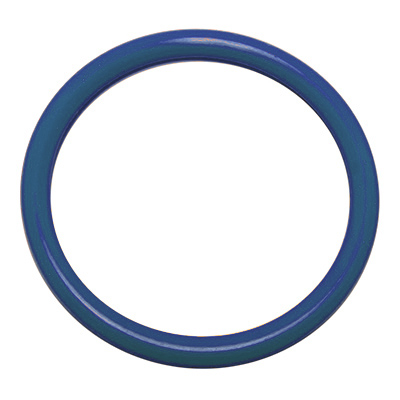O Rings
O-Rings
O-rings are the most common sealing product in the world; utilized across all types of sealing applications and industries. At its core, an O-ring is a circular sealing element with a circular cross section. Used effectively, an O-ring can seal practically all fluid, both liquid and gas. The wide range of potential liquids and gases that need to be sealed has necessitated the development of a wide range of materials. The most popular materials are offered on this website for purchase.
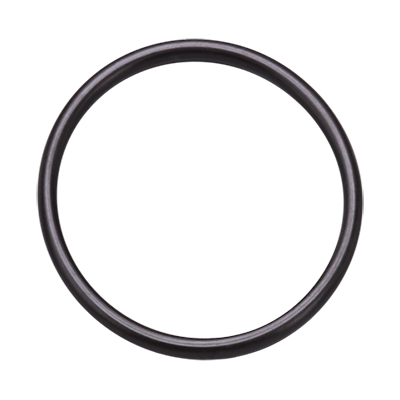
Consistent Performance and Low Cost
GFS O-rings are manufactured in accordance with metric and imperial standards such as AS 568B, DIN ISO 3601 and JIS. O-rings can additionally be manufactured to custom sizes. Materials outlined below include Nitrile (NBR), Viton® (FKM), EPDM, Hydrogenated Nitrile (HNBR), Silicone (VMQ), Fluorosilicone (FVMQ), Kalrez® (FFKM), Polyurethane (AU), Neoprene (CR), Aflas (FEPM) and PTFE.
GFS offers O-rings manufactured in accordance with material certifications and industry standards such as FDA, USP, KTW, DVGW, BAM, WRAS (WRC), NSF, Underwriters Laboratories (UL), Aerospace (AMS) and many customer-specific requirements.
While specifying an O-ring can be straight forward, more demanding applications should be reviewed with a GFS engineer. Click here to contact GFS engineering for support with your O-ring needs.
NBR O-rings offer the best combination of properties across a variety of O-ring applications. Nitrile compounds perform well in gasoline, crude oil, power-steering fluid, hexane, toluene, water, water-based hydraulic fluids, and dilute bases, such as sodium hydroxide.
FKM O-rings offer a broad spectrum of excellent resistance to a variety of chemicals and resistances. Due to FKM's wide range compatibility, temperature range, low compression set, and excellent aging characteristics, FKM is considered one of the most significant elastomers developed in recent history.
EPDM compounds are frequently used with foods, water and steam applications and offer the best resistance to ozone and weathering. EPDM’s are not used with petroleum oils or fuels because significant swelling would result.
Perfluoroelastomer (FFKM) currently offers the highest operating temperature range, the most comprehensive chemical compatibility, and the lowest off-gassing and extractable levels of any rubber material.
Silicone (VMQ) elastomers are ideal for high and low temperature applications. They have high heat and oxidative stability, outstanding low temperature flexibility, and are resistant to many chemicals.
Hydrogenated nitrile is a synthetic polymer that results from the hydrogenation of nitrile rubber (NBR). Superior mechanical characteristics, particularly high strength, helps reduce extrusion and wear.
The mechanical and physical properties are very similar to Silicone (VMQ). However, Fluorosilicone (FVMQ) offers improved fuel and mineral oil resistance but poor hot air resistance when compared with Silicone (VMQ).
Neoprene (CR) was the first synthetic rubber developed commercially and exhibits generally good ozone, aging and chemical resistance. It has good mechanical properties over a wide temperature range.

